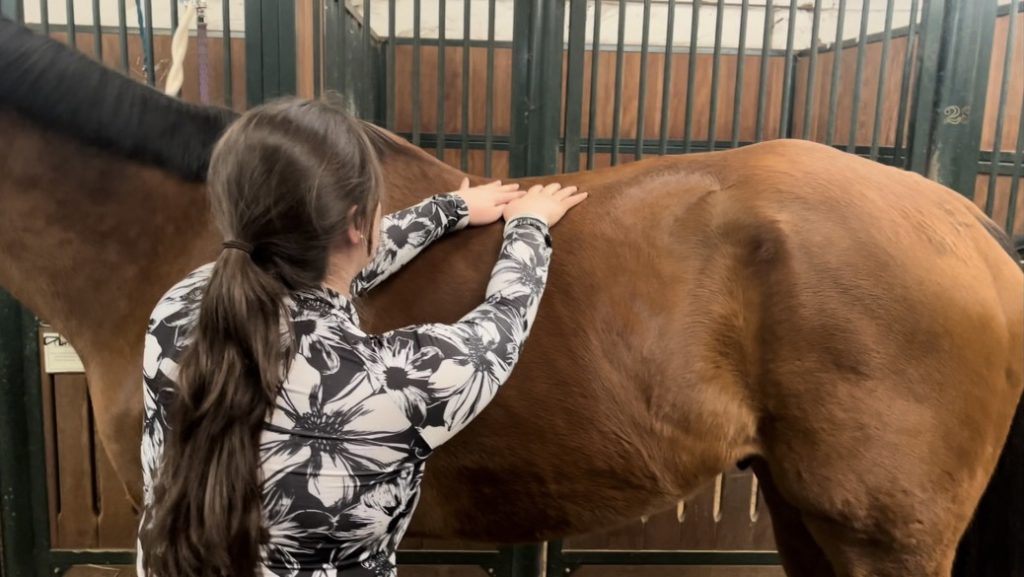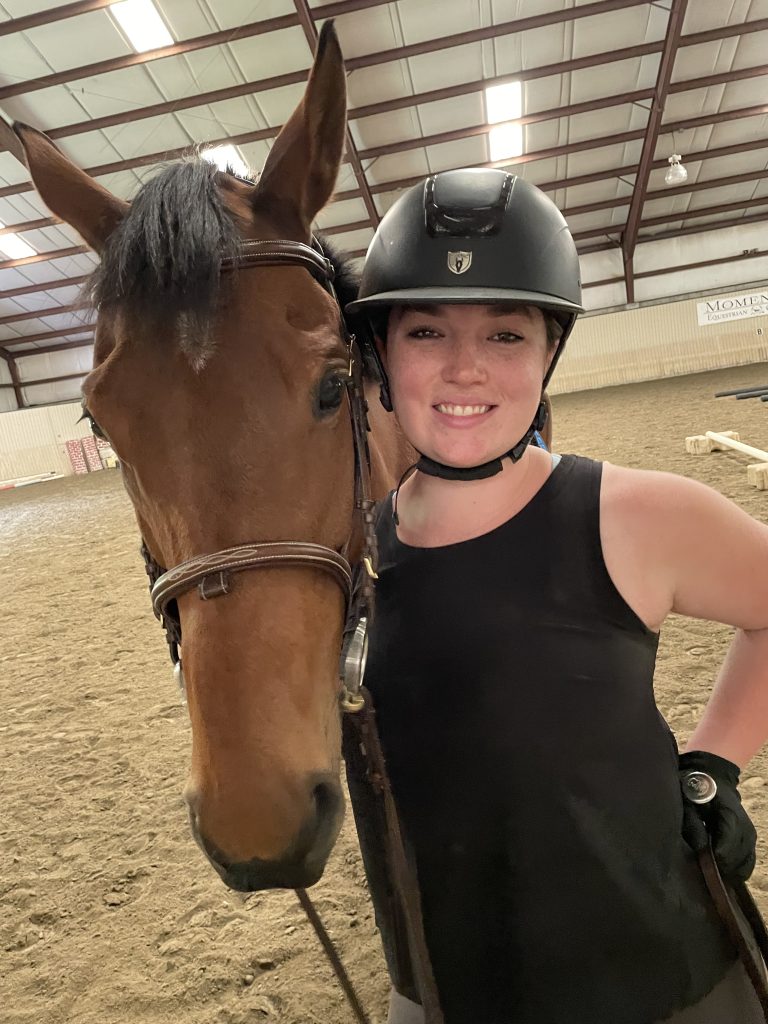
As alternative therapies gain traction in preventive care for horses, understanding the role of bodywork in your horse’s maintenance program can help you to have a happier and healthier equine partner with greater longevity. Read on to learn more!
Equine Bodywork
Massage, myofascial release, craniosacral therapy, acupressure, kinesiology taping, cupping, scraping, laser, redlight, TENS, and PEMF – all these holistic approaches fall under the umbrella of bodywork, each with the goal of suppling the body and releasing tension.
With so many modalities available to choose from, how can horse owners decide which option to pursue? Thankfully, that’s where the professionals come in!
Knowledgeable practitioners typically employ a range of techniques designed to suit the individual horse. Much like people, not all horses respond positively to all techniques, so it becomes the practitioner’s job to determine which option(s) will elicit the best response and greatest benefit for the horse.
For most horses, massage is a great place to start. A skilled massage therapist can adjust strokes and pressures to encourage relaxation and release, even for the most sensitive horses. In situations where full-body massage is overstimulating, such as for horses rescued from abuse, other modalities such as craniosacral therapy and laser can produce results without triggering anxieties. Each animal is different and should be approached on a case-by-case basis.
E&J Equine, LLC provides a wide variety of bodywork modalities including massage (both the Equinology Approach and Amassage methods), myofascial release, craniosacral therapy, kinesiology taping, cupping, and redlight. Along with patience and compassion, I am well equipped to help all of your equine partners!

Signs Your Horse Needs Bodywork
Now that you what bodywork is and some of the different varieties it comes in, how can you tell when a horse truly needs it?
While all horses can benefit from bodywork at any stage of life, here are a few signs they really need it:
- Asymmetrical or abnormal muscle development
- Discomfort during grooming
- Tail swishing
- Nipping
- Pawing
- Stomping
- Pinning ears
- Muscle twitching
- Bracing or evading touch
- Poor performance under saddle
- Reduced competitiveness due to abnormal difficulty in regular discipline, for example:
- Knocking rails in hunter/jumpers
- Struggling to make tight turns in barrel racing
- Slower times for speed disciplines
- Struggling with transitions – both upward and downward
- Difficulty picking up the correct lead
- Difficulty bending
- Increased bit chomping and mouth gaping
- Difficulty with lateral work
- Difficulty engaging the hind end for greater impulsion
- Tripping
- Reduced competitiveness due to abnormal difficulty in regular discipline, for example:
- Behavioral vices under saddle
- Pinning ears
- Bucking
- Rearing
- Spooking
- Bolting
- Kicking out
The above list represents a sampling of the many common issues riders and handlers encounter that can be addressed with regular bodywork. How many apply to your horse?
The majority of these are signs of pain that often get chalked up as moodiness or naughtiness when that generally is not the case. The good news is that bodywork can help!
Even for a horse with none of the above symptoms, bodywork can help prevent the development of those symptoms. It is never too late or too early to get your horse on a regular schedule!
What are the benefits of equine bodywork?
There are countless benefits, but here are some of my favorites:
- Increased mental and physical relaxation (happy horse, happy rider, am I right?)
- Reduced muscle tension and discomfort
- Increased range of motion (the stride you’ve always dreamed of!)
- Improved stamina
- Improved disposition (who isn’t happier when their body feels great?)
- Enhanced performance and gait quality
- Improved circulation
- Reduced tactile defenses (that horse who hates being touched might actually be okay with it after some bodywork!)
- More in depth assessment and tracking of physical condition over time
What does an equine bodywork session with E&J Equine entail?

I start all my sessions with a static assessment. Typically, this involves me asking questions to help me understand your horse’s history, current activity level, goals, and any management changes while actively observing your horse and how they interact with you and their environment. Are they calm and sleepy or alert and fidgety? Do they stand square? Do they have any noteworthy conformational traits? These are only a few of the things I consider while visually assessing your horse. Next I run through a brief full-body palpation to isolate any major problem areas that will need extra attention during the session.
Following the static assessment, I generally ask to see the horse move at the walk and trot at minimum. Even a short glimpse into the horse’s movement tells me a lot about their body and what they may be struggling with, whether from a lack of fitness or an underlying physical problem. This helps me to better understand where my work should be focused and to curate suggested stretches, massage techniques, and exercises to most effectively help the individual horse and rider.
After all that, the real work begins! Keeping in mind anything I found or noted during the static and dynamic assessment, I proceed to address the whole body, taking some extra time to address those areas in need of additional work. I implement various bodywork techniques, including sports massage, soft tissue mobilization, myofascial release, stretching, range of motion exercises, and focal point work.
Once the bodywork session is complete, I provide a writeup noting my findings, any points worked on, as well as recommendations for stretches, massage techniques, and exercises for the owner to utilize between sessions. A full session runs anywhere from 60-90 minutes and provides ample time to answer questions and discuss the horse’s current condition, recommendations, and suggestions for follow-up.
If this sounds like something you’d like to add to your horse’s routine maintenance, contact E&J Equine today!
